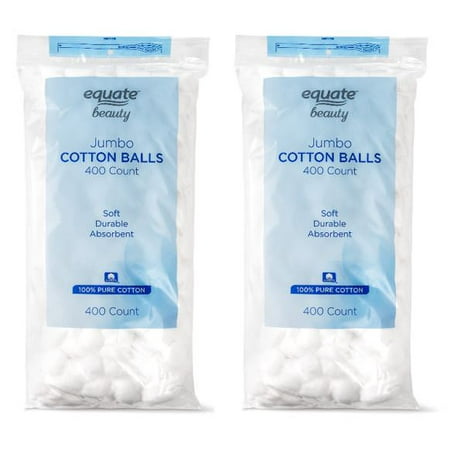Ziploc Brand Boho Collection Essential Stuff Accessory Bags, 5 Bags
Ziploc Brightly Boho Essential 5Ct/12Un








Ziploc Brand Essential Stuff Accessory Bags are reusable accent organizers that assist you sort, p.c. and find what you needThese accessory baggage can remodel to fit you and have an expansion of uses. From a makeup bag to a diaper bag organizer or even a journey jewelry bag—easily discover what is important to you!The Essential Stuff size baggage degree 5.125 inches (peak) x 8.125 inches (duration) x 4 inches (depth) (13 cm x 20.6 cm x 10.2 cm) so they without difficulty in shape into any bag, handbag, suitcase or glove compartmentThe expandable bottom on each Essential Stuff size bag allows for greater room to fit all your bulkier itemsThe semi-transparent nature of those accent bags allows you to speedy and without difficulty discover what you are looking for – whilst additionally maintaining objects discreetNo want to worry about the inside of your handbag getting stained or messy! The durable cloth lets in these bag organizers for use again and again and makes them clean to smooth—certainly wipe with a humid fabric to maintain them searching freshFind the design that suits your person fashion with 3 distinct collections: Boho, Charm, and Chic. Each collection comes with five precise designs to select from!





Reviews
There are no reviews yet.